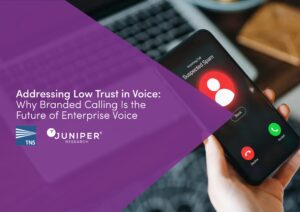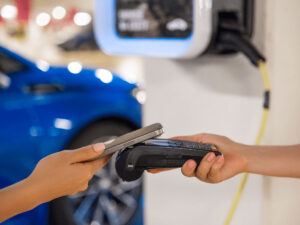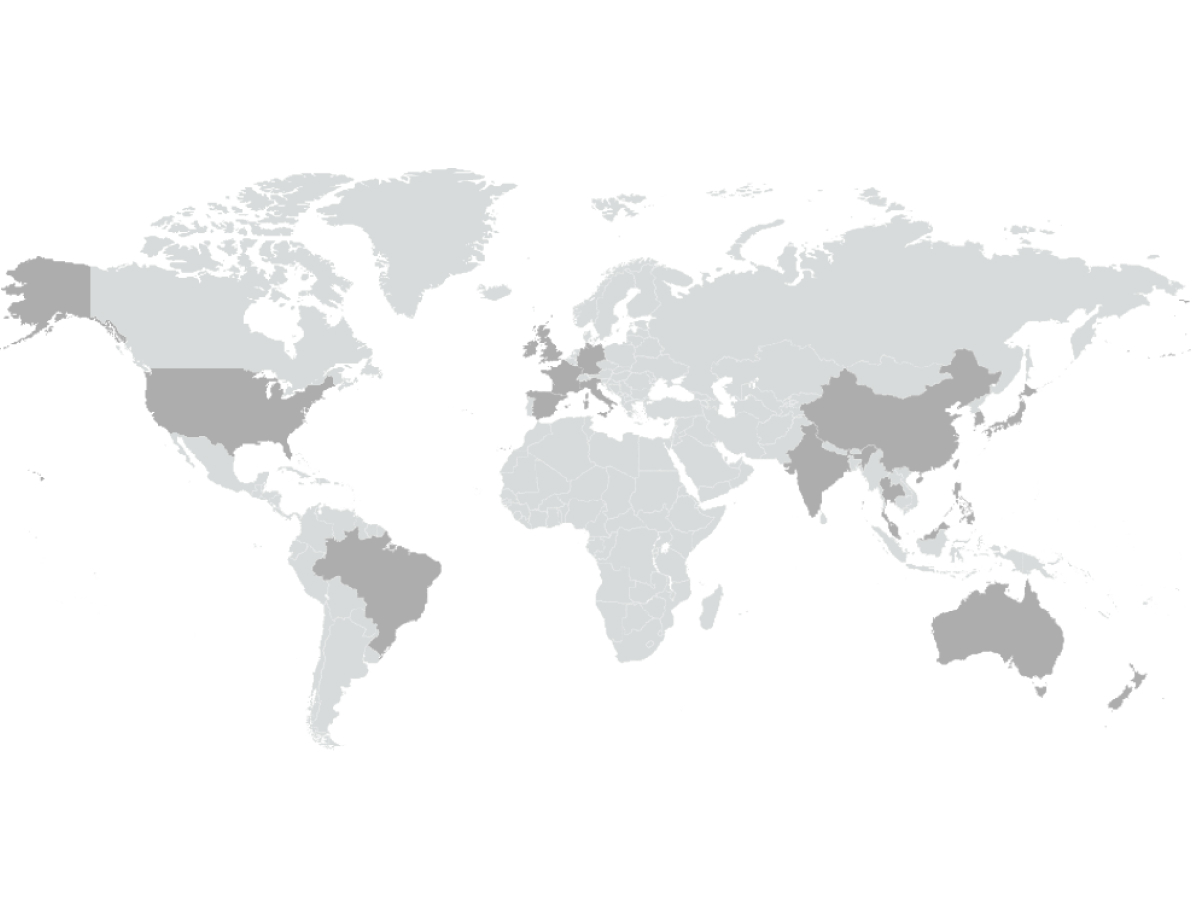As carriers continue to build out their private 5G and 5G standalone (SA) networks, the telecom industry is preparing for a slew of new technologies and services. 5GSA will unleash network slicing, which will allow telecom operators to provide networks on an as-a-service basis, as well as networks that offer higher capacity, faster throughput, lower latency and increased connectivity.
These new capabilities stemming from 5G will enable IoT and M2M use-cases like never before, but what do network operators need to consider from a roaming billing perspective? It will be one of the central discussions at this year’s GSMA Wholesale Agreements and Solutions Conference (WAS) #13 next month. Experts from the mobile industry will attend in person and virtually to address challenges and opportunities that are arising from the transforming telecom landscape.
Traditionally, network service providers have relied on the Transferred Account Procedures (TAP) method for roaming billing and settlement needs. However, before the deployment of 5G networks, the GSMA acknowledged recently that the TAP process is too complex and rigid to support IoT, 5G and other future mobile technologies. As such, the GSMA created the Billing and Charging Evolution (BCE) to adjust the process as the telecom industry deploys these new technologies.
BCE is a more flexible, operator-driven charging solution, for service providers to bill wholesale usage that is decoupled from retail billing. Whereas TAP charged by bytes and minutes of use, BCE allows billing based on usage aggregation, variable discount charging models, and network elements. As 5GSA becomes a reality, BCE will become the standard for 5G.
One of the biggest challenges operators will face as they transition from TAP to BCE will be reconciliation. Historically with TAP, operators receive roaming voice records with limited visibility to validate the circuit switch usage. BCE reconciliation practices are automatically built into billing. A second challenge comes from transitioning internal reporting, where financial data might be received from a different source in the move from TAP to BCE. Lastly, data storage is also challenging as operators have to figure out data storage and for how long. To alleviate these challenges, operators are conducting trials with LTE, ensuring the transition from TAP to BCE is seamless.
By the end of 2022, TNS expects there to be more commercial implementations of these services. While Tier-1 carriers are underway in conducting these trials, Tier-2 carriers are lagging behind; they’ll need to more strongly consider transitioning to BCE as the industry pivots in that direction to achieve flexible and emerging wholesale rates. By 2023, the operators that transition successfully to BCE will be able to generate increased revenue from billing procedures that more accurately capture the commercial usage of IoT and M2M.
The TNS team look forward to participating in discussions about this at WAS #13 starting Tuesday, March 16, 2022. GSMA members can register now.
Nicole Pettibon is Senior Product Manager at TNS with responsibility for its billing, clearing and settlement solutions.





